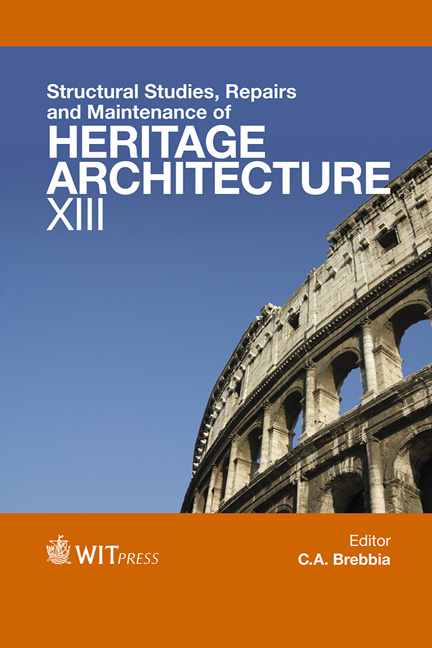Incentives To Retain Late 19th Century Housing And The Practicalities Of Conservation And Repair Of That Stock
Price
Free (open access)
Transaction
Volume
131
Pages
12
Page Range
267 - 278
Published
2013
Size
564 kb
Paper DOI
10.2495/STR130231
Copyright
WIT Press
Author(s)
B. J. Hickson
Abstract
Heritage incentives encourage the conservation and repair of late 19th–early 20th century housing, but what are the practicalities of conservation and repair, based on our particular housing stock for the owner home handyman? This paper summarises the types of incentives used to encourage the conservation and repair of late 19th century and early 20th century housing, the most successful of these incentives being a free heritage advisory service and small grants. The practical problems of saving this type of housing stock and readapting it for modern sustainable living are then examined through the application of a case study – the restoration and extension of a typical late Victorian small masonry residence in NSW Australia. The problems encountered and methods used in this ‘hands on’ process provide a guide for house owners planning on restoring an older house. The experience highlights the difficulties that arise during the process. This paper provides guidance for the owner restorer from a heritage adviser involved in a similar project. Areas covered include assessing significance, developing a sustainable design, demolition of unwanted fabric and hazardous materials, repairs to brickwork, rendered surfaces, paint and wall paper and installing services. Keywords: late 19th /20th century heritage masonry houses, practical conservation and repair, re-use of heritage housing stock, incentives.
Keywords
Keywords: late 19th /20th century heritage masonry houses, practical conservation and repair, re-use of heritage housing stock, incentives.




